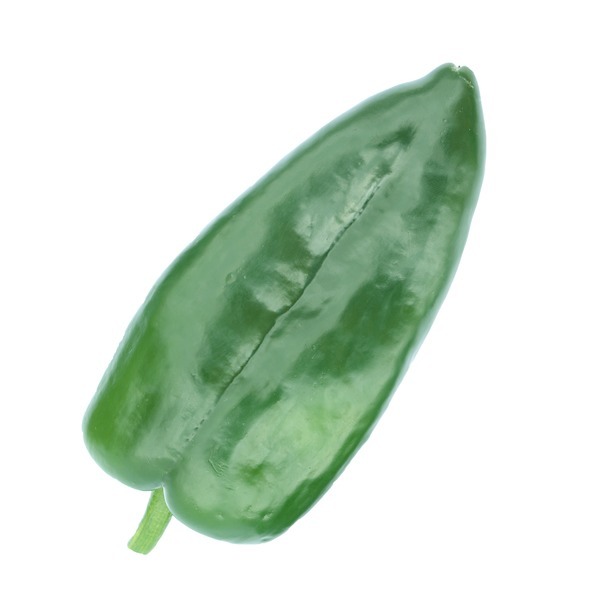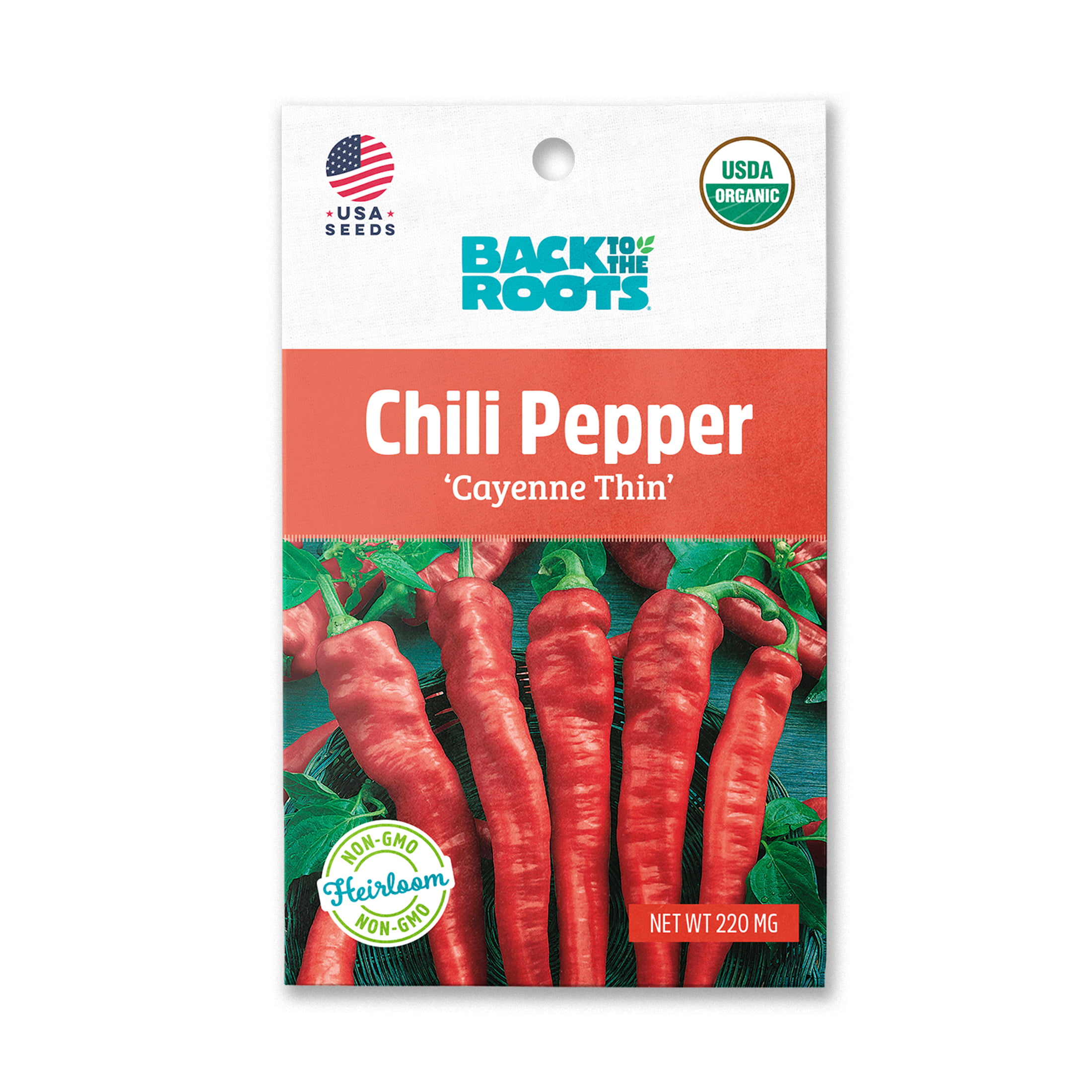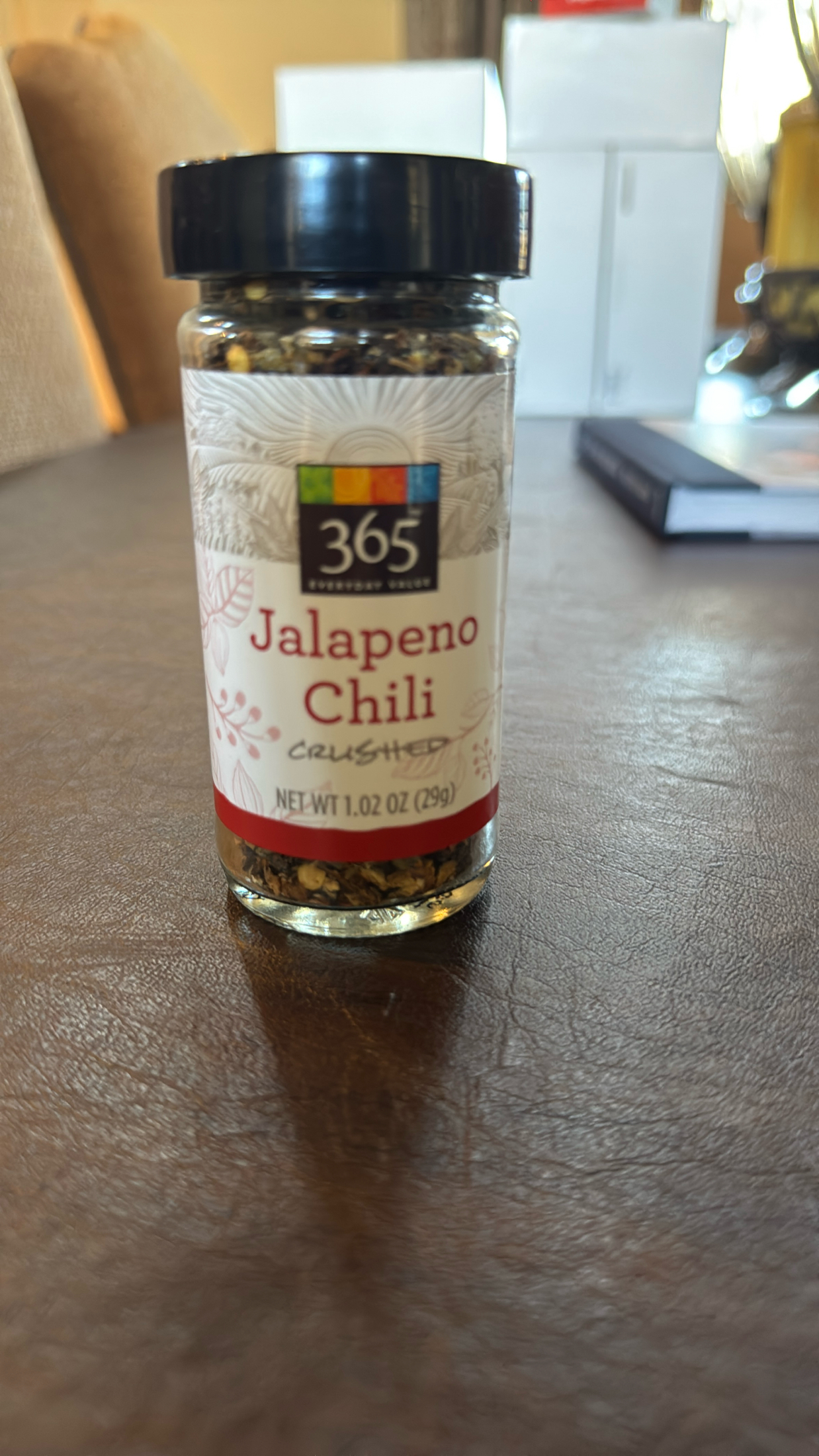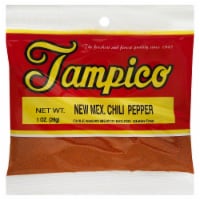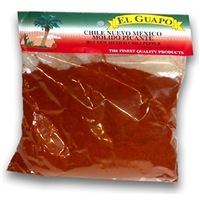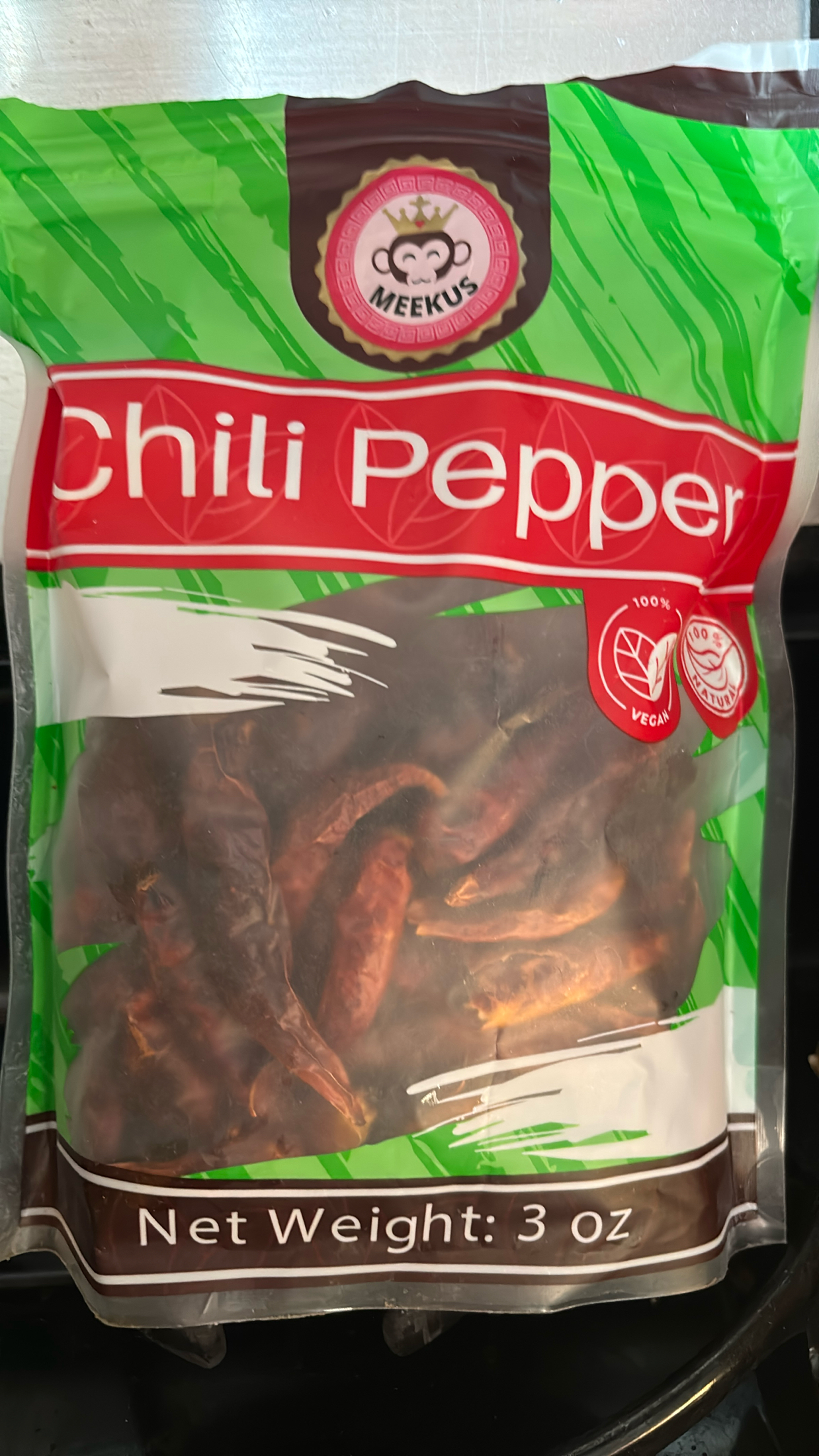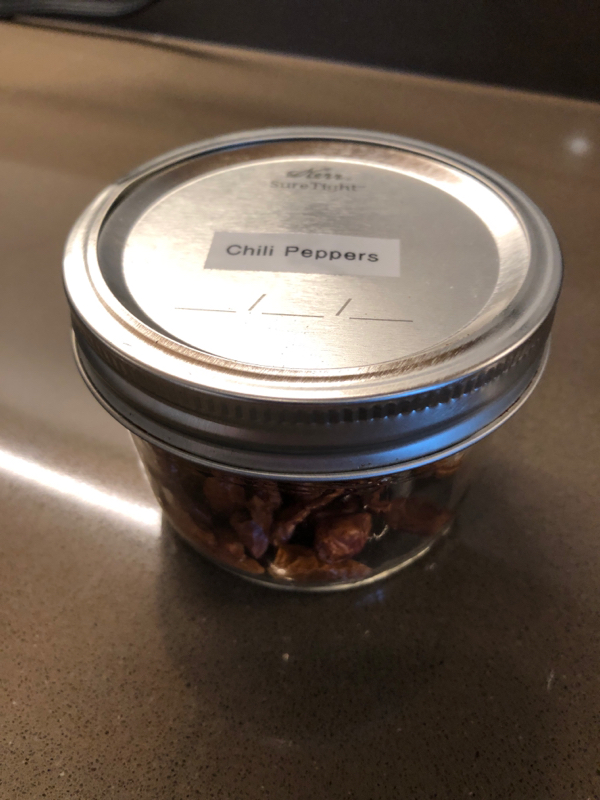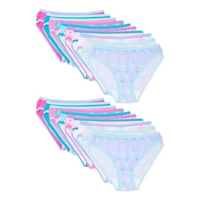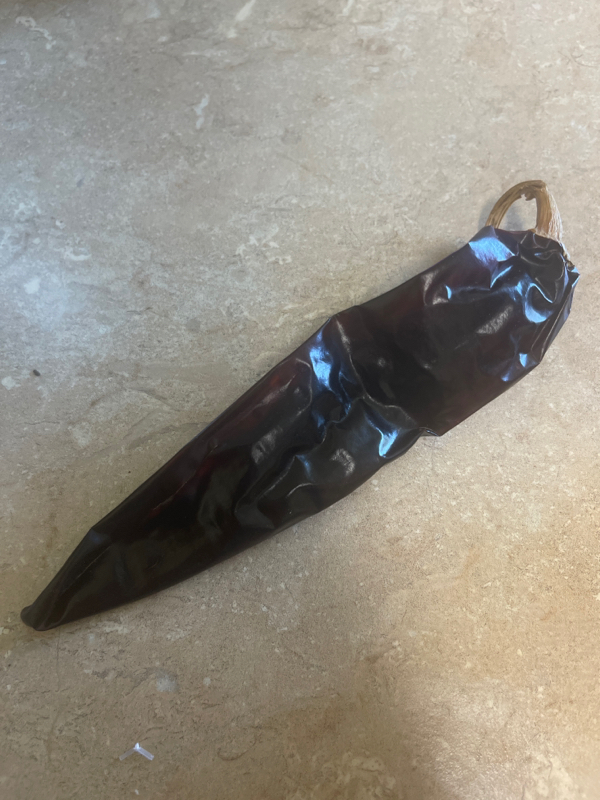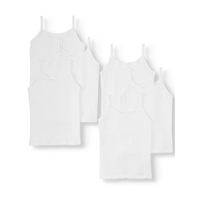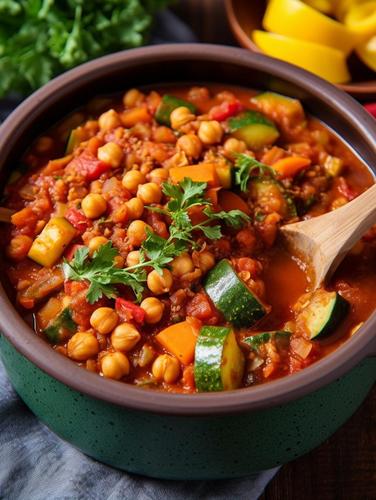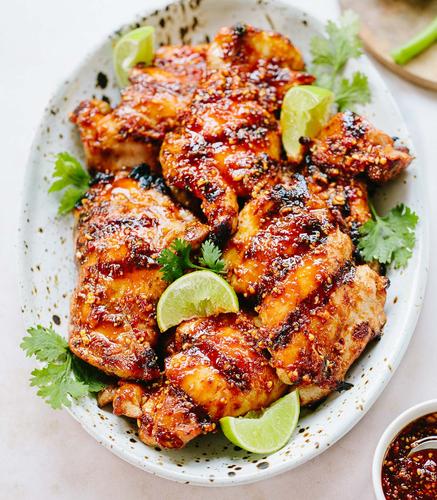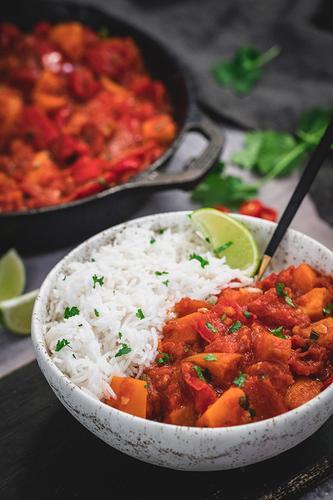MAIN DISHES
SIDE DISHES
APPETIZERS
Chili Pepper
Chili pepper, also known as hot pepper or Capsicum, is a spicy fruit commonly used to add flavor and heat to various dishes worldwide. Originating in the Americas, the chili pepper belongs to the same family as bell peppers and paprika. Ranging from sweet to incredibly hot, the chili pepper's heat level is measured in Scoville Heat Units (SHU), determined by the concentration of capsaicin, the chemical responsible for the spiciness.
Chili peppers are a versatile ingredient in home cooking, used fresh, dried, or powdered to enhance the taste of various meals, including soups, stews, sauces, and marinades. They are also packed with vitamins A and C, as well as antioxidants, providing numerous health benefits such as boosting metabolism, relieving pain, and reducing inflammation.
79%
CARBS
4%
FAT
17%
PROTEIN
249 Chili Pepper Products
Pasila Chili Peppers
Back to the Roots Organic Cayenne Thin Chili Pepper Seeds, 1 Seed Packet
Jalapeno Chili
Tampico New Mexico Chili Pepper
El Guapo Chile Pepper - Mexican Spice, Hot Mexico Molido Picante - 16 Oz Bag
Chili Pepper
Chili Peppers
Chili Peppers Girls Underwear, 20 Pack Bikini Panties, Sizes 4-14
Guajillo Chili Pepper
Chili Peppers Girls Cotton Cami Undershirts, 6-Pack, Sizes 4-18
Used In 40 Recipes
2
Tangy Almond and Tofu Stir-fry
4
Pepperoni Pizza-Inspired Chicken Skillet
4
Cheesy Pepperoni Chicken Skillet
2
Hearty Chickpea and Veggie Chili
3
Verdant Grilled Chicken Skewers
6
Sweet Ginger Sticky Chicken Thighs
13
Chinese Eggplants in Chili Garlic sauce
7
Bell Pepper Curry with Sweet Potatoes
Chili Pepper Is Frequently Used With
Chili Pepper FAQ
While chili peppers are a versatile and healthy addition to many dishes, they can be tricky to handle. Key elements to remember are the balance of flavor, the ability to control the heat level, comprehending the variety of peppers, and the correct ways of cutting or deseeding these spicy fruits. It's imperative to note that capsaicin, which gives the chili its heat, can cause irritation to skin, eyes, and lungs if not approached cautiously. A well-known tip is to use disposable gloves while handling chilies particularly the hotter varieties. Cooking with oil also releases more capsaicin, hence making a dish spicier, while adding dairy products helps in offsetting the heat due to casein in the dairy binding to the capsaicin molecules.
Why are some chili peppers hotter than others?
How can I reduce the heat of a chili pepper?
What is the best way to cut a chili pepper?
What are the health benefits of chili peppers?
What’s the difference between fresh and dried chili peppers?
How can I tell which chili pepper to use in my recipe?
Can I substitute a different type of chili pepper if I don’t have the type that my recipe calls for?
Why does drinking water make the burn worse after eating spicy food?
I got chili in my eyes, what should I do?
How do I stop the burning sensation on my hands after handling chili peppers?
Expiration & Storage Tips
When does chili pepper expire?
The freshness and lifespan of a chili pepper can depend on its form and storage conditions. Unopened dried chili peppers can last up to 2 to 3 years while powdered chili peppers can last up to 4 years. Fresh chili peppers, on the other hand, can keep for about 1 to 2 weeks in the refrigerator. Once opened, dried and powdered chilis should ideally be used within 6 months for best flavor although they can still be safe to use beyond this time. If frozen, fresh chili peppers can extend their life up to 6 months.
How do you tell if chili pepper is bad?
Regardless of its form, a chili pepper that has gone bad will show some noticeable signs. Fresh chili peppers that have spoiled often become soft, have black spots, start growing mold, or emit a foul odor. Dried or powdered chili peppers that are past their prime may lose their vibrant color, have a dull taste, or develop a strange smell.
Tips for storing chili pepper to extend shelf life
• Always store fresh chili peppers in the refrigerator.
• Keep dried or powdered chili in a cool, dry area away from direct sunlight to maintain their flavor.
• If you have leftover fresh chili peppers, you can freeze them. However, it's best to clean, de-stem, and dry your peppers before freezing to maintain their quality.
• For bulk chili peppers, consider drying, canning, or pickling them to prolong their shelf life.
• Keep powdered chili peppers in airtight containers to prevent moisture absorption.
EXPIRES WITHIN
11 - 21
DAYS
Equivalents
Substitutes

Jalapeno Pepper

Chipotle Peppers In Adobo

Cubanelle Pepper

Green Chile

Hungarian Pepper

Poblano Pepper

Scotch Bonnet Chile

Shishito Pepper

Habanero Pepper

Diced Green Chile
See All
Health Info
Macros
3g
CARBS
0g
FAT
0g
PROTEIN
Allowed on these diets
LOW FAT
HIGH CALCIUM
VEGETARIAN
KETO
PALEO
WHOLE 30
MEDITERRANEAN
LOW CARB
VEGAN
LACTOSE FREE
GLUTEN FREE

